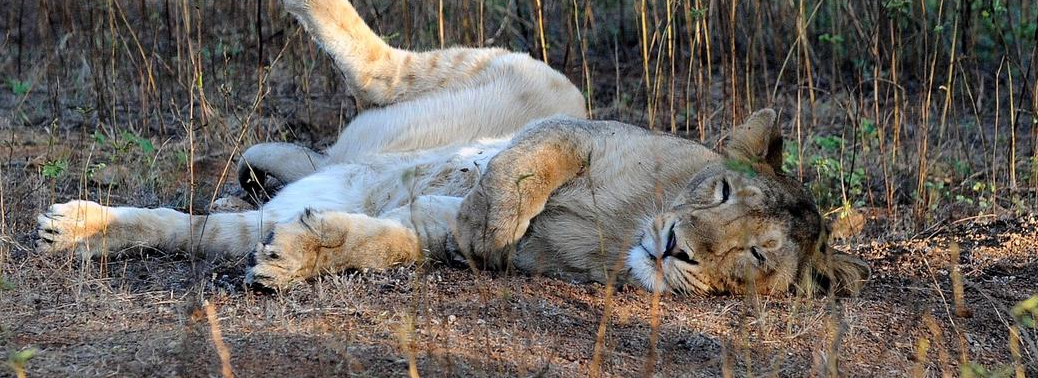CANINE DISTEMPER VIRUS (CDV)
06, Aug 2019

Prelims level : Environment, Biodiversity
Mains level : GS-III- Conservation, environmental pollution and degradation, environmental impact assessment.
Why in News?
- With doubled tiger populations in India, the loss of habitat, a decline of prey and poaching continues to be a threat to tigers’ survival.
- Along with these, a potential virus — Canine Distemper Virus (CDV) — that can be transmitted from CDV-infected dogs living in and around wildlife sanctuaries has started to raise concern among wildlife biologists.
- Last year, over 20 lions from the Gir forest succumbed to the viral infection and now a guideline has been prepared by the NTCA to prevent the spillover of the disease to wild animals.
Canine Distemper Virus (CDV):
- CDV is a contagious and serious disease caused by a virus that attacks the respiratory, gastrointestinal and nervous systems of puppies and dogs.
- Canine distemper is caused by a single-stranded RNA virus of the family Paramyxoviridae (the same family of the viruses that causes measles, mumps, and bronchiolitis in humans).
- Its common symptoms include high fever, eye inflammation and eye/nose discharge, labored breathing and coughing, vomiting and diarrhea, loss of appetite and lethargy, and hardening of nose and footpads.
- It affects a wide variety of animal families, including domestic and wild species of dogs, foxes, pandas, wolves, ferrets and large cats as well.
Risk of Disease Transfer:
- A recent study notes that 86% of the tested dogs around Ranthambhore National Park in Rajasthan carried CDV antibodies in their bloodstream.
- This means that the dogs are either currently infected or have been infected sometime in their life and have overcome the disease.
- This finding points out that there is an increased risk of disease transfer from the dogs to tigers and leopards that live in the park.
Preventive Measure:
- The main aim should be to vaccinate the free-ranging and domestic dogs in the area around national parks.
- The disease needs to be recognised and more targeted studies need to be initiated to collect baseline data on CDV from wherever they are reported from in wild carnivores.
- Understanding the role of domestic animals as contributors to a local CDV reservoir is imperative precursor in considering control measures.






